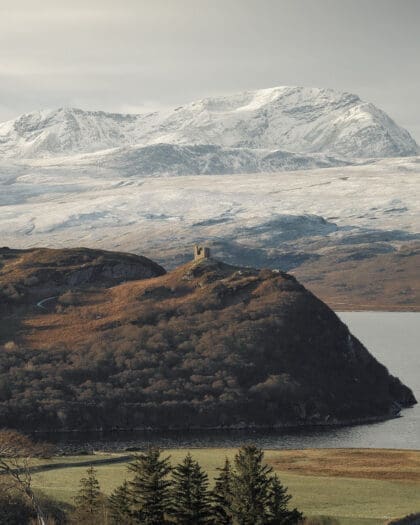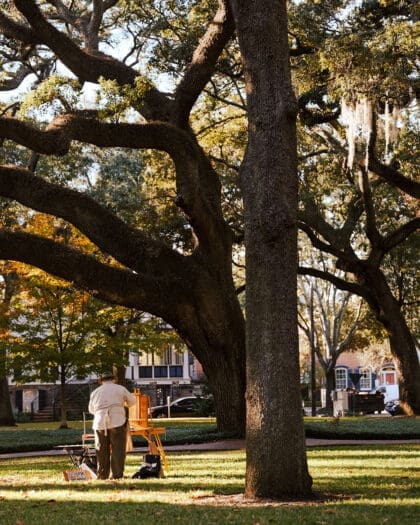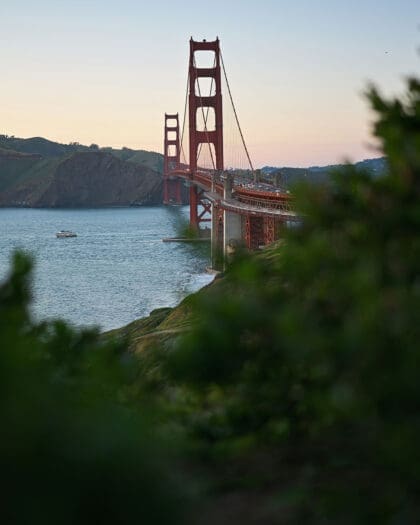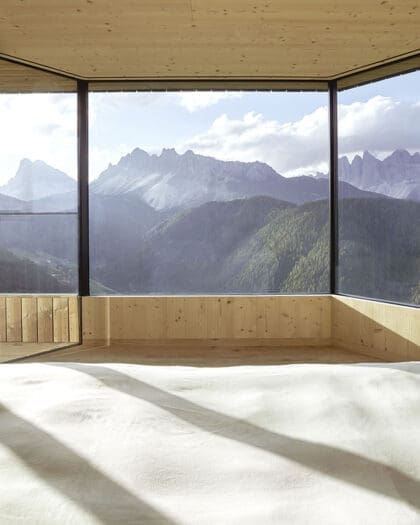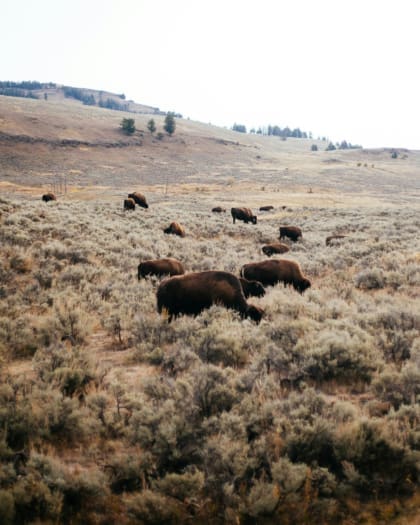
Where to witness the world’s most successful rewilding projects
From the prairie of Patagonia to the wilds of the Carpathian Mountains, these trailblazing rewilding projects showcase the power of nature. Roadbook uncovers the world’s most ambitious examples of ecological restoration, and why they matter.
If you’ve ever walked through a sitka spruce monoculture forest, you’ll know the eerie silence that hangs over them. The closed canopy and lack of plant diversity means the comforting sounds of birds chirping and insects buzzing are often entirely absent.
To a degree, most natural places on earth could be busier with wildlife, particularly regions that have seen intensive monoculture farming. This is where rewilding steps in: the process of rejuvenating a degraded natural environment back to a healthy wild state, undoing the damage from human interference, and boosting the density and variety of plant, bird, insect and animal life. It is an urgent mission, acknowledged in June 2024 when the EU passed a law committing the bloc to restore 20 per cent of its land and sea by the end of the 2020s – an ambitious and necessary target to mitigate climate catastrophe. Improving the biodiversity present in a landscape is particularly important for creating hardy environments that can withstand the worst effects of climate breakdown, and is a key strategy for limiting global heating, as biodiverse environments act as more effective carbon stores.
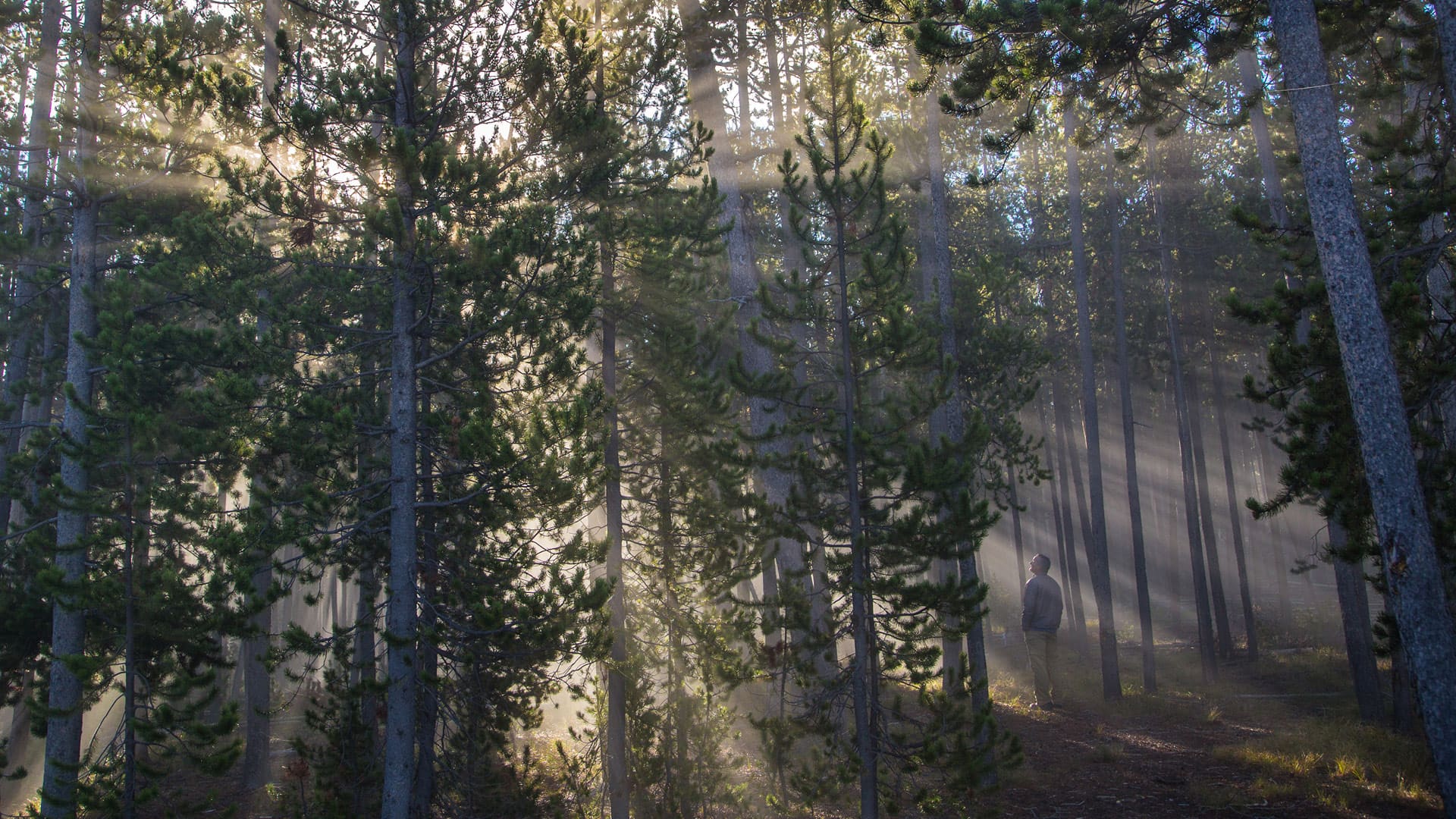
Rewilding is important business for local communities and for the travel industry as a whole, too. Otherwise ignored destinations such as the Côa Valley in Portugal are developing wildlife tourism alongside their rewilding efforts to bring travellers to the neglected region. Remote stays in lodges and huts in the midst of a regenerating wilderness, with the chance for adventure travel experiences like hiking, biking or fishing in a flourishing landscape, are the new draws bringing travellers to these formerly neglected destinations. The revenue stream these visitors bring can then feed back into funding the conservation schemes, helping to further the rewilding efforts.
We have curated eight of the most successful rewilding projects in the world, ranging in size from enormous national parks to individual farms – such as Knepp’s rewilding programme in West Sussex, UK. Many of these projects have been ongoing for 20 years or more, which is enough time to begin identifying the positive impact they are having, but not enough to reveal the full transformative effect they will have. These processes have cascading effects for the whole ecosystem that will continue to be felt for hundreds of years. Here are the most successful rewilding projects in the world, and how you can visit them.
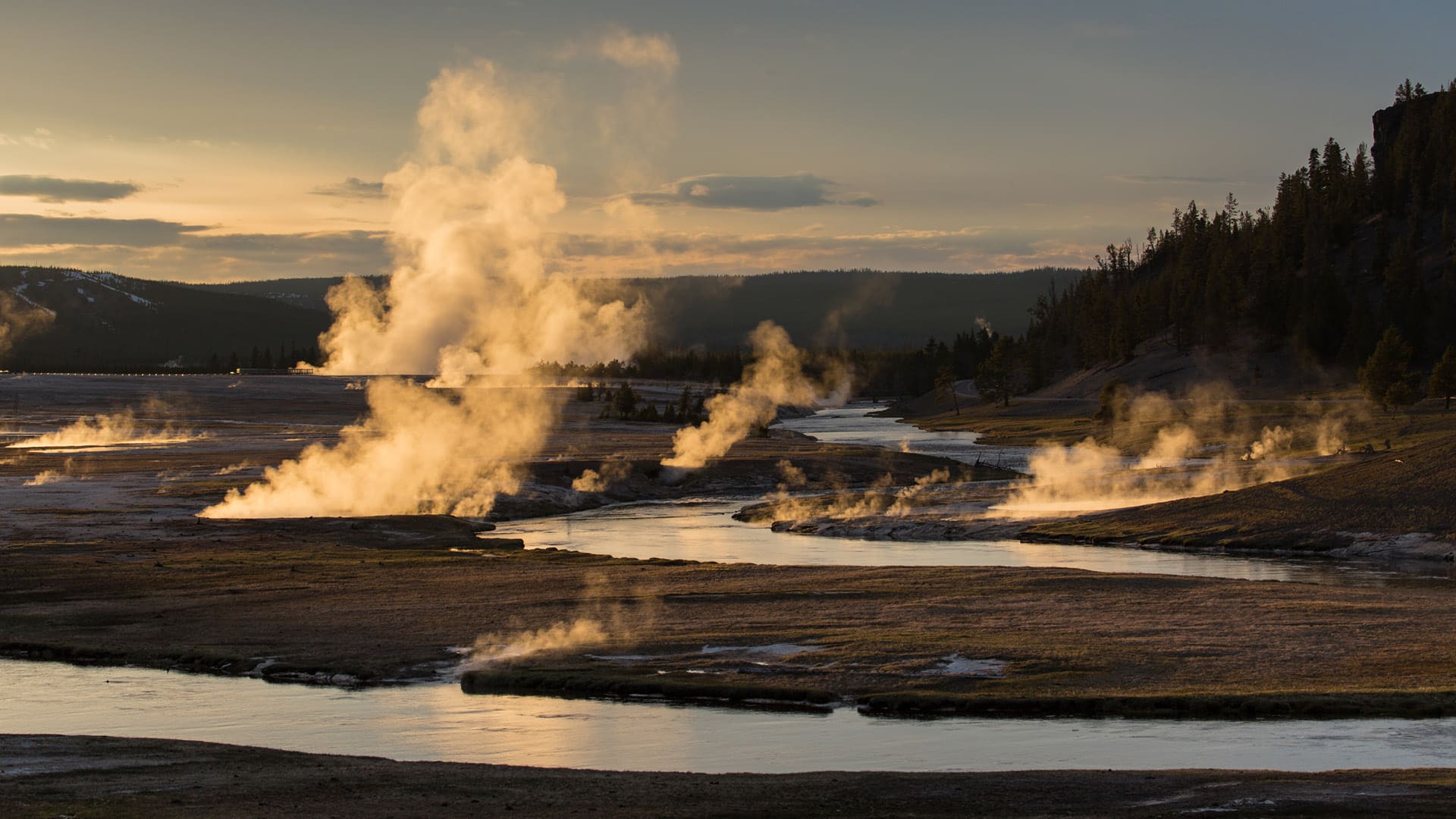
The Americas
Yellowstone National Park, US
The world’s first national park, Yellowstone sits atop a volcanic hotspot and straddles the borders of Wyoming, Idaho and Montana, where geysers, calderas and hot springs intersperse among canyons, rivers and lush grassland grazed by bison. The rewilding of Yellowstone is a classic case of the cascading ecological benefit caused by the reintroduction of a key predator. Wolves were reintroduced to Yellowstone National Park in the 1990s, causing a tremendous impact on the entire ecosystem that is still being felt today. Elk changed their behaviour and began to move on more quickly while grazing, allowing plants and trees, especially riverside willow, to grow. This in turn strengthened the soil along the riverbanks, and literally changed the flow of the rivers. Beavers were able to return to the ecosystem, supported by a larger source of food, which improved the health of the rivers further.
Every part of the ecosystem flourished in fairly unpredictable ways with this simple addition of a predator. Although proven so emphatically here, it remains a tough sell in other parts of the world, including in the UK, where the reintroduction of lynx is fiercely opposed by farmers across the country.
How to visit
A host of lodges can be found within the grounds of the national park, so you can stay surrounded by nature. Otherwise, nearby towns Jackson or West Yellowstone make good bases on the park’s perimeter. There is one small airport at West Yellowstone, but most travellers fly into Bozeman or Idaho Falls, or simply drive, which allows you to explore the park under your own steam once you’re there.
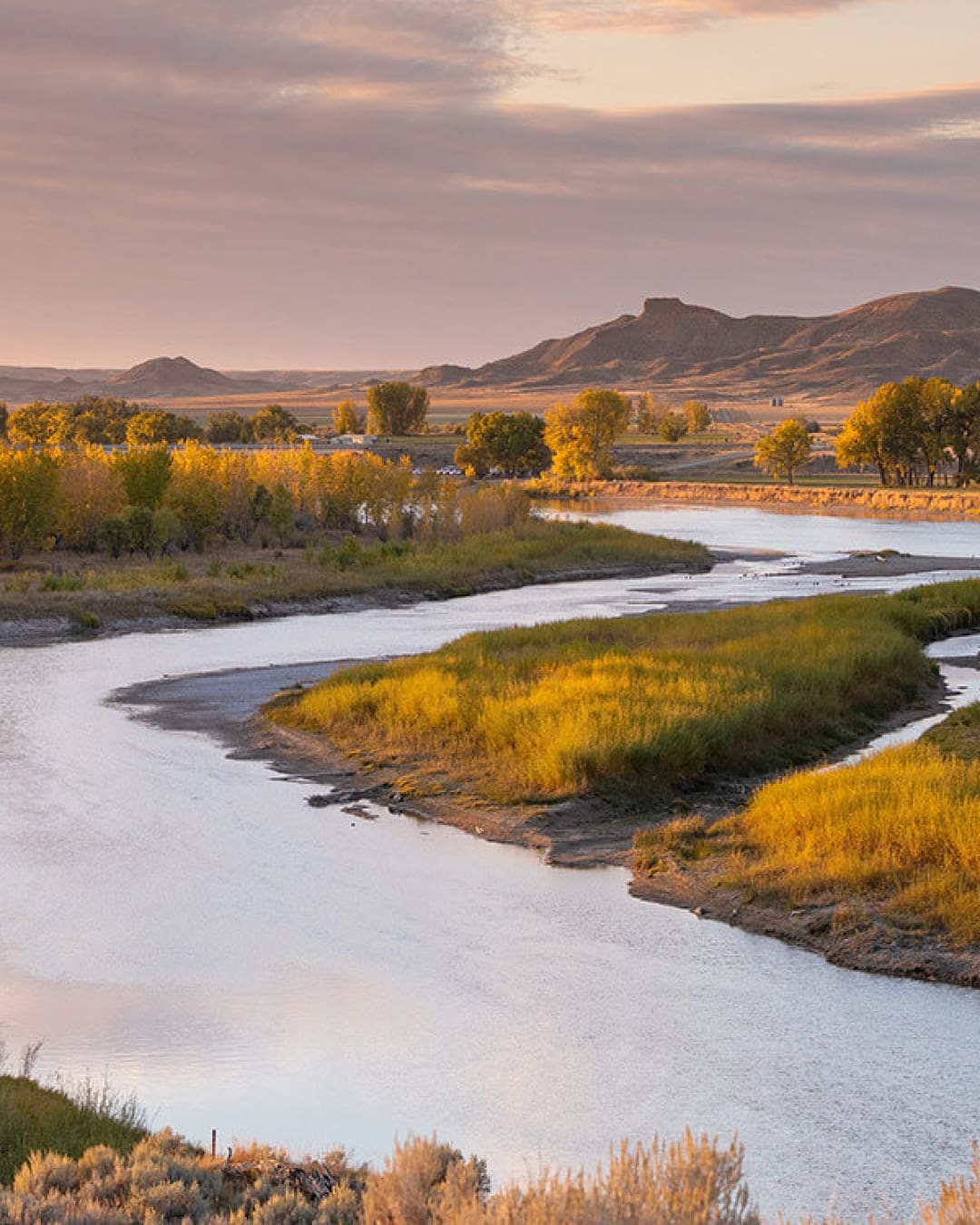
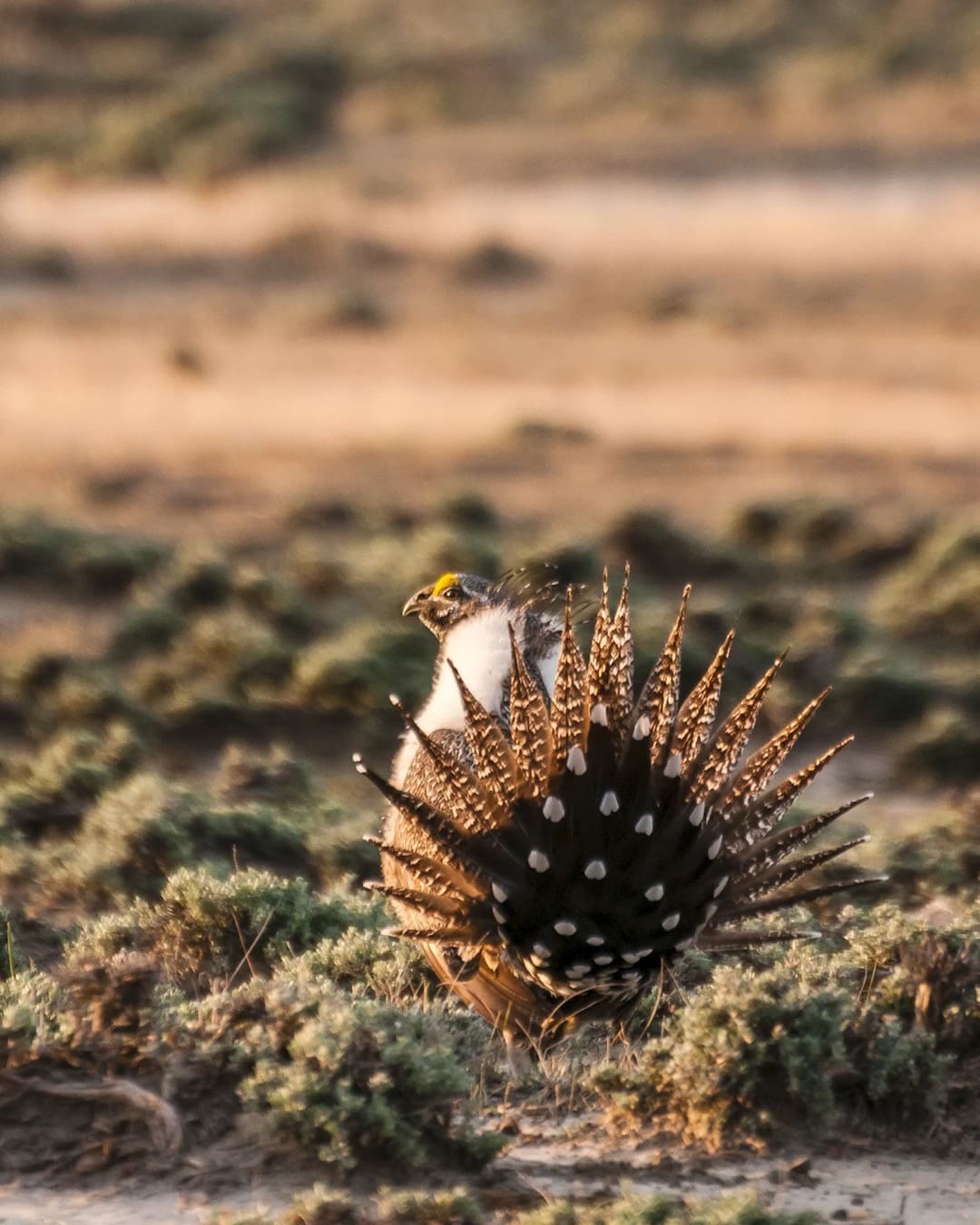
American Prairie, Montana
American Prairie is a nature reserve in the Northern Great Plains of Montana, preserved by the American Prairie Foundation. The nonprofit conservation group have identified this Great Plains region of the US as one of four temperate grasslands in the world that can be saved from extinction – a necessary move as temperate grasslands are one of the least protected biomes in the world, and are incredibly effective carbon stores. The foundation is aiming to connect three million acres of the prairie, which would make it the largest nature reserve in the US, and to restore its biodiversity to pre-1800 levels. This includes increasing the population of beavers (who are excellent at restoring rivers), bison, prairie dogs, sage grouse, pronghorn and grizzly bears.
How to visit
American Prairie runs multiple huts, yurts and campsites throughout the reserve, offering ample opportunity for remote stays in nature. Set off on safari drives during the day, and take in the night sky after sundown. The region is one of the most remote in the US, so consult the website for maps to download ahead of arrival – you will not have phone signal once you enter the reserve. The closest airports can be found at Bozeman, Billings and Great Falls.
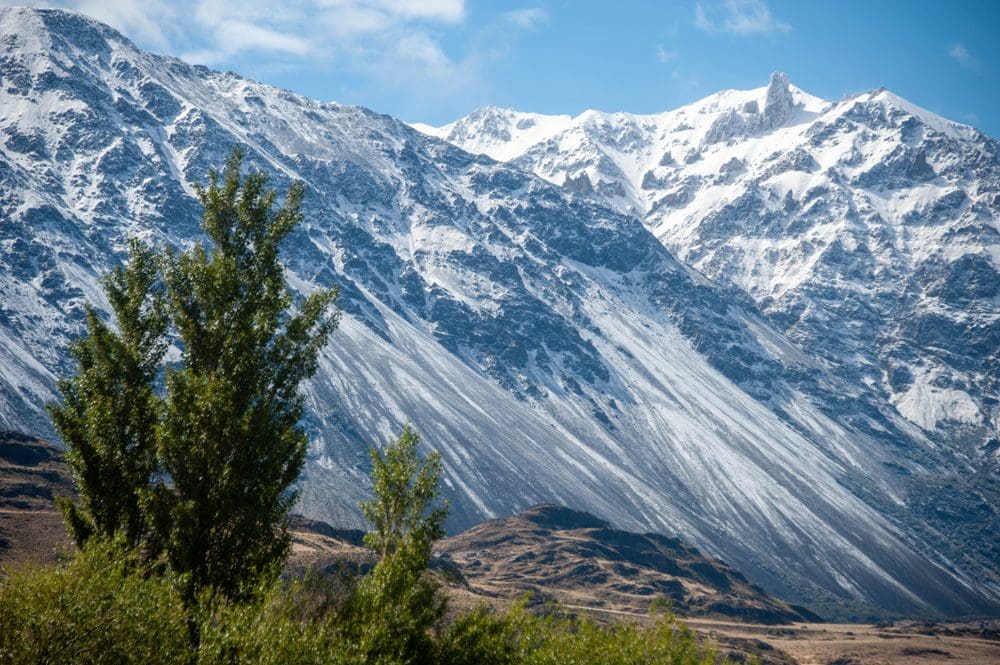
Patagonia National Park, Patagonia
Patagonia National Park was formed in 2018 by combining the Tamango and Jeinimeni Reserves with the Chacabuco Valley, which was formerly one of the largest livestock ranches in the country. Today, the park is managed by Tompkins Conservation to rewild the degraded ecosystem and protect the native species found here, including the puma, condor and South Andean deer. Hundreds of miles of fencing was removed to improve the range of wildlife, 25,000 head of livestock were removed, and native plants were reintroduced in place of invasive species to restore the biodiversity of the steppe, forests and lakeside environments in the park.
How to visit
To have the most flexibility when exploring the park, most visitors arrive by car from the nearby town of Cochrane, which has a small airport. Several lodges, glamping and camping sites are dotted throughout the park, allowing for easy access to hiking trails, mountain biking routes and fly fishing rivers.

Europe
Wildland & Affric Highlands, Scotland
The Scottish Highlands are the UK’s largest wilderness, and one of its most degraded environments. In the past few hundred years, the region’s biodiversity has plummeted as the last remnants of the Caledonian Forest were removed to make way for sheep farming and vast deer stalking and grouse shooting estates. In recent years however, major rewilding projects have begun the work to restore the Caledonian Forest, including at Wildland: three privately owned estates that encompass a small collection of lodges and guest houses, the proceeds of which fund the estates’ ongoing conservation work. Since 2006, Wildland has planted five million trees across its 220,000 acres of managed land, carefully limiting deer populations to allow new saplings to take root. It is a long-term plan – Wildland describes it as a 200-year vision – yet positive developments have already been noticed, including an increased population of goshawks and golden eagles.
Also in the Scottish Highlands, Affric Highlands is a partnership between multiple landowners to rewild a huge swathe of the Central Highlands, as managed by Trees for Life and Rewilding Europe. The project presents a 30-year vision to restore the glens, pinewoods, rivers and mountainous areas of this 200,000 hectare area of the Highlands, which includes the Kintail mountain range. The project launched after two years of conversations with local communities, conservationists and charities, and hopes to achieve its aims via a community-led effort.
How to visit
Wildland’s luxury stays are dotted throughout the Highlands: there are guest houses located near Tongue on the north coast and in the Cairngorm National Park, and self-catered cottages can be found across Sutherland, Loch Ness, Glenfeshie and the Cairngorms. River and loch fishing, nature walks, jeep tours, bike rentals and deer stalking can all be organised.
To get there, take the overnight Caledonian Sleeper train from London to one of the nearby local stations, or take a regular train service during the day.
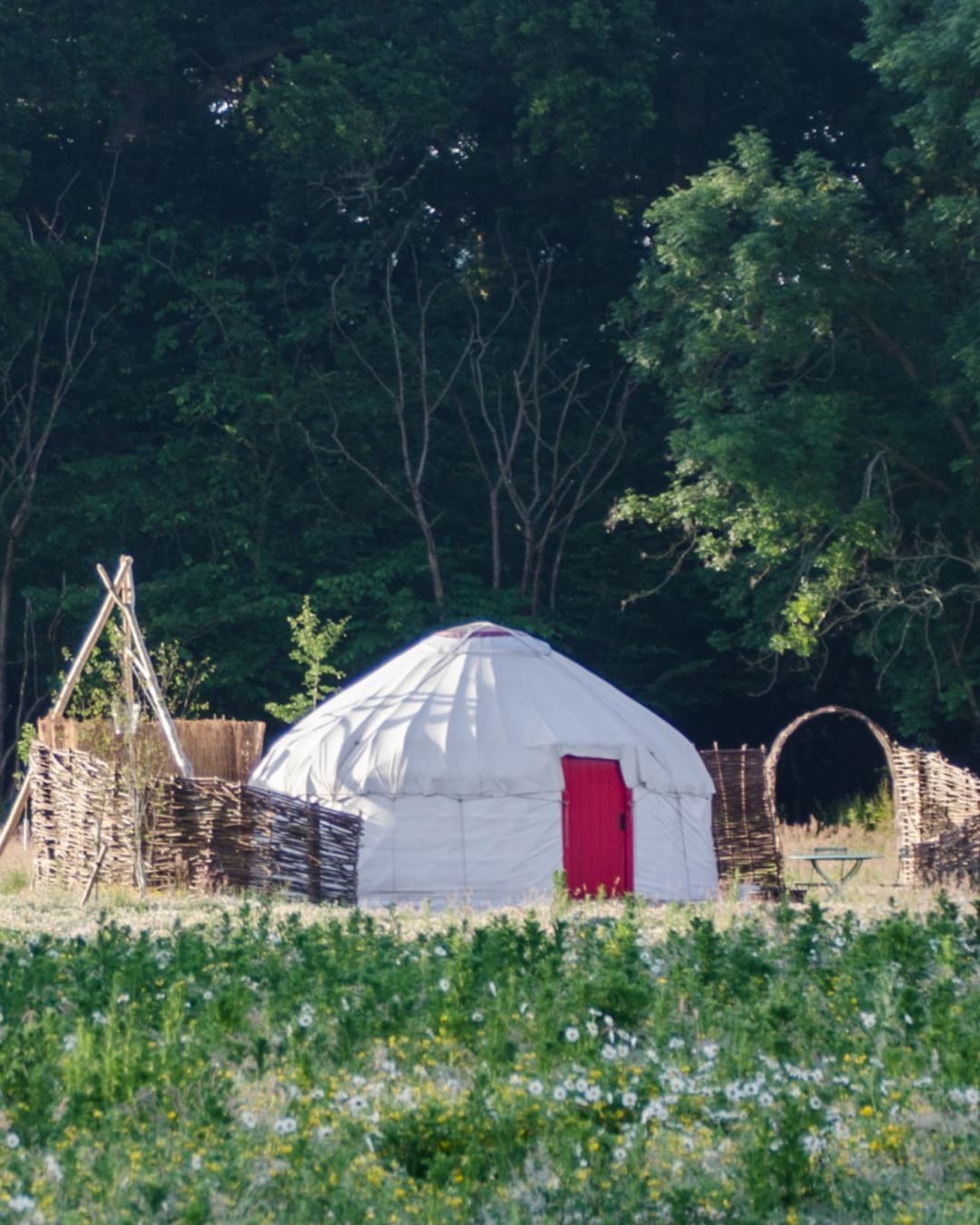
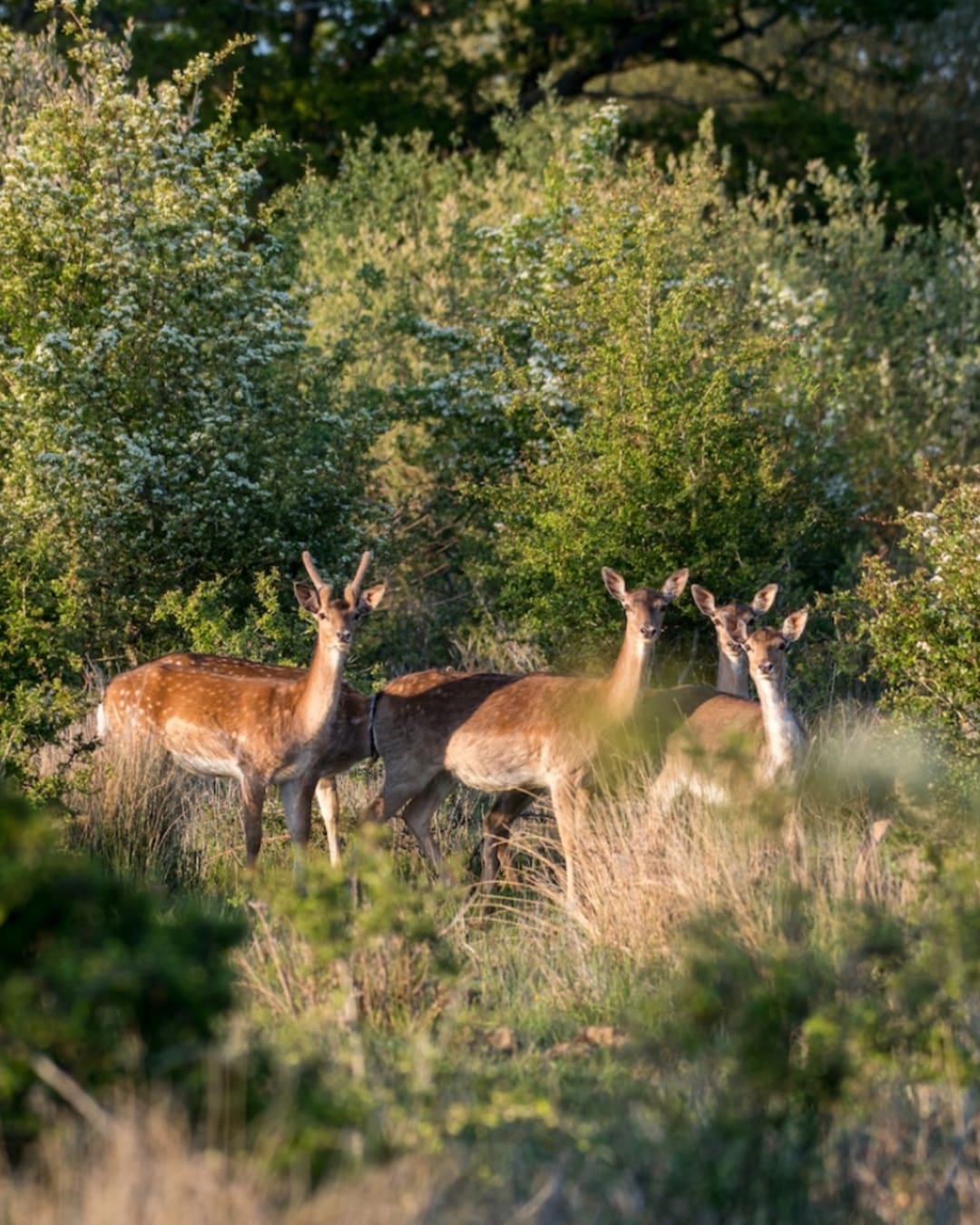
Knepp, England
Knepp is perhaps the poster child for rewilding in the UK, illustrating what can be achieved on a single farm. The 3,500-acre estate was initially a failing farm with poor soil before the owners began rewilding within its boundaries 20 years ago. Since that decision, endangered species such as nightingales, turtle doves and purple emperor butterflies have settled here. Herds of old English longhorn cattle, Tamworth pigs, Exmoor ponies and red and fallow deer were introduced to wander the landscape and shape the habitats they encounter. This model of animal disturbance as a way of shaping the growth of vegetation is inspired by Dutch ecologist Frans Vera, who posited that the megafauna of Europe shaped the continent into predominantly open wood pasture, scrub, grazing lawns, groves and thickets, rather than a closed canopy forest that is often imagined. The species introduced at Knepp each have different disturbing behaviours, such as rootling, rubbing and snapping branches, which helps open the canopy for other plant species to grow, increasing biodiversity.
Owners Charlie Burrell and Isabella Tree are currently developing the last hectares of available arable land at the estate for regenerative farming, which will hopefully demonstrate how farming and rewilding can exist hand in hand.
How to visit
Yurts, bell tents, shepherd huts and campsites are embedded throughout the estate for overnight stays. Explore the gardens and grounds via a safari tour, and stop by the Wilding kitchen for a meal made with produce from the regenerative farm.
To get there, take a train to Horsham, and jump in a taxi from the rank outside the station to Knepp (8.9 miles).
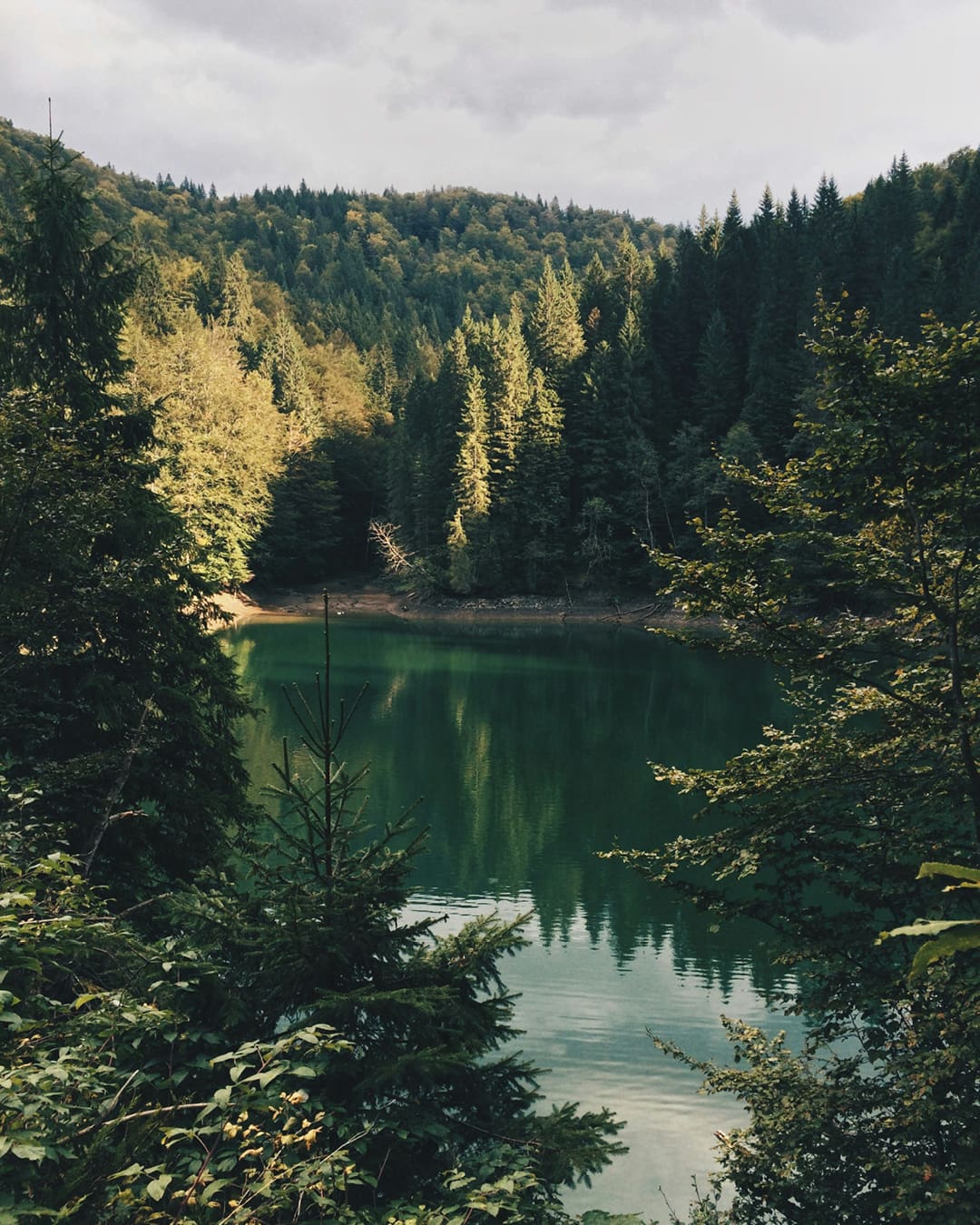
Carpathian Mountains, Romania
In 2014, wild bison were reintroduced to the southern Carpathian Mountains in Romania after 200 years of absence. The population now numbers 152, with close to half that number born in the wild. Their range has expanded into the Tarcu mountains, meaning the total landscape could support up to 450 bison in the future. A recent study has shown that the way bison interact with the landscape acts as an effective carbon store, meaning a herd of 170 bison could store a quantity of CO2 equivalent to removing 43,000 US cars from the roads per year.
Bison are not the only focus of the rewilding efforts currently taking effect in the Carpathian Mountains. The one million hectares of forests, mountains, rivers and meadows are home to wolves, lynx, brown bears, wild cats, red and roe deer, wild boar and chamois. Rewilding Europe and WWF Romania are working to expand this territory into three million hectares, which would make it one of the largest contiguous wild areas in Europe.
How to visit
The nearest international airport is Romania’s capital, Bucharest. The town of Brasov is a useful base for exploring the Carpathians, which is a three-hour drive from the capital. Rent a car or book with a tour to best explore the region and its wildlife, as huts and refuges are not common once on the trails. Hiking in this region may offer you a chance to spot one of the 6,000 brown bears living in the mountains.
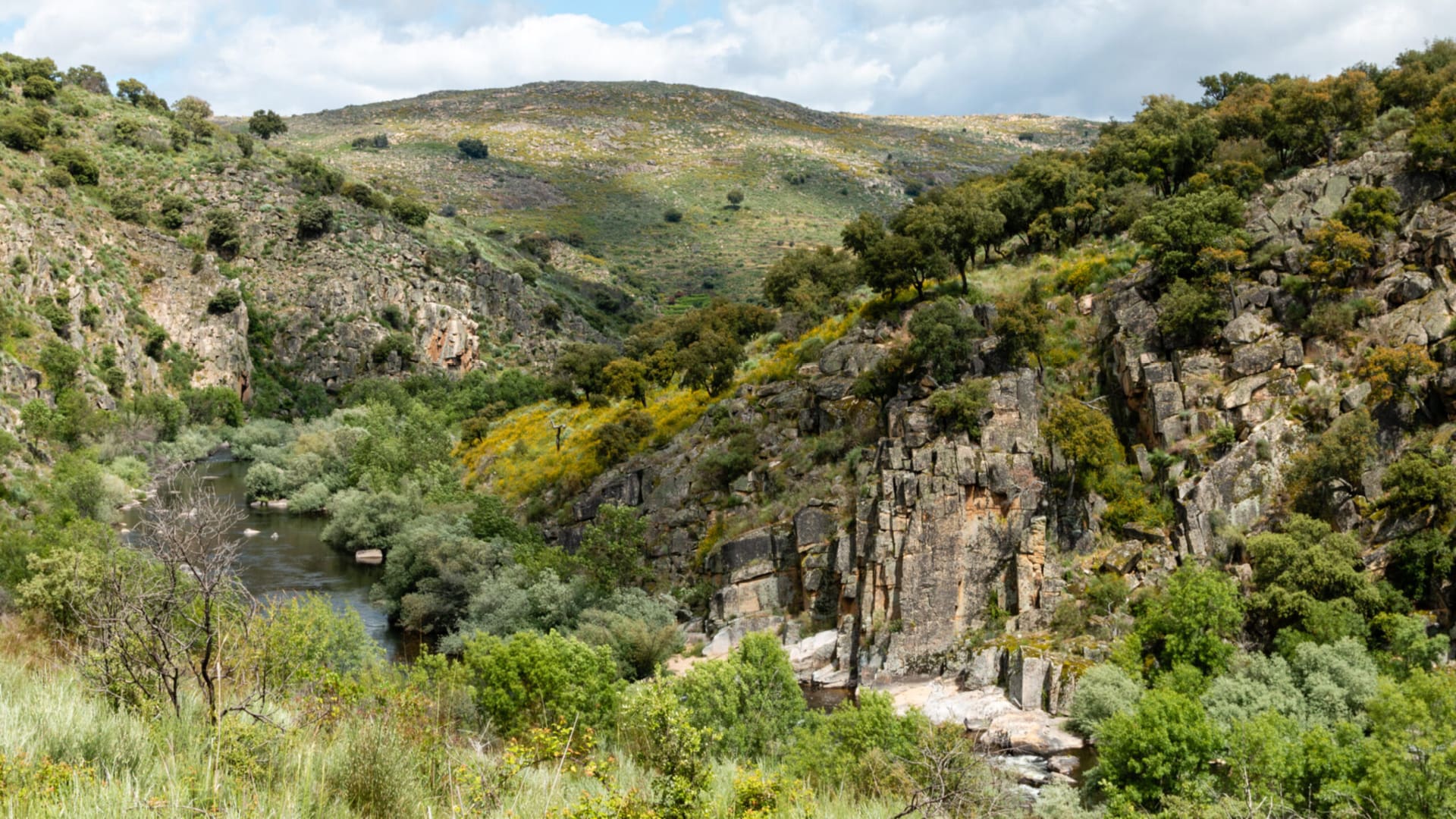
Greater Côa Valley, Portugal
Close to the Spanish border between the Douro River and Malcata mountain ranges lies the relatively unknown Greater Côa Valley. With river gorges, oak forests, heathland and fields, the valley is well suited to a rewilding programme, and is home to a growing population of wild boar, roe and red deer, vultures, eagles, and a pack of Iberian wolf. Much of the valley has been abandoned by livestock farmers, and the ensuing proliferation of monotonous scrub makes it particularly susceptible to wildfires. To combat this, Rewilding Europe have introduced tauros – a newly bred version of the extinct aurochs (a species of wild cattle), which last populated the valley 400 years ago. Their grazing allows them to perform a natural fire brigade function, clearing small areas in the scrub to act as fire breaks.
The rewilding work here seeks to create a 120,000-hectare wildlife corridor that connects the Malcata mountains with the Douro valley, which would allow the fragmented subpopulation of Iberian wolf south of the Douro River to reconnect with the rest of the peninsula.
How to visit
Incorporate the Greater Côa Valley into a road trip through Portugal. A mixture of hotels, quinta (farmhouses), and self-catered agriturismo accommodation can be found throughout the region, to act as a base for hiking and cycling adventures in the valley.
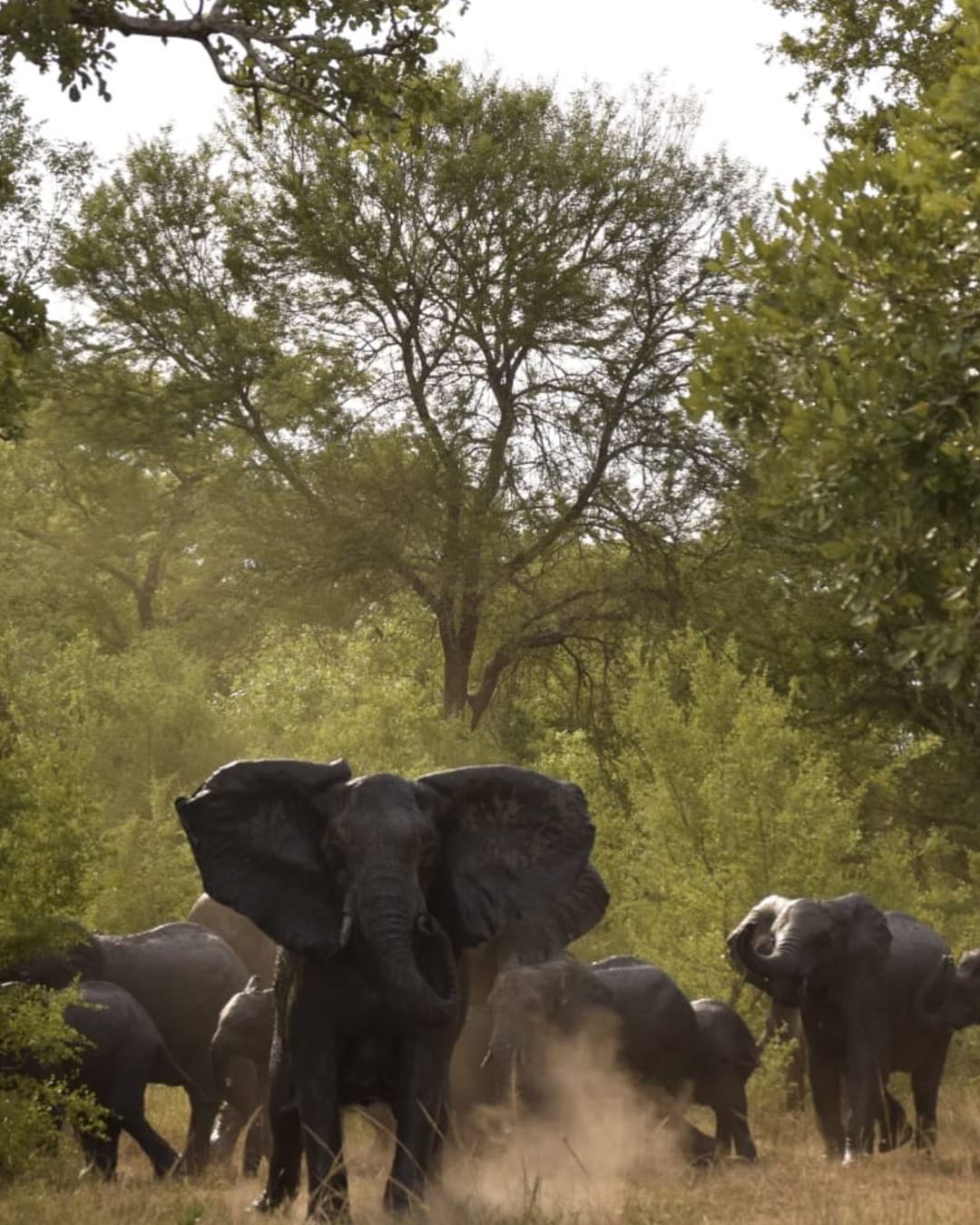
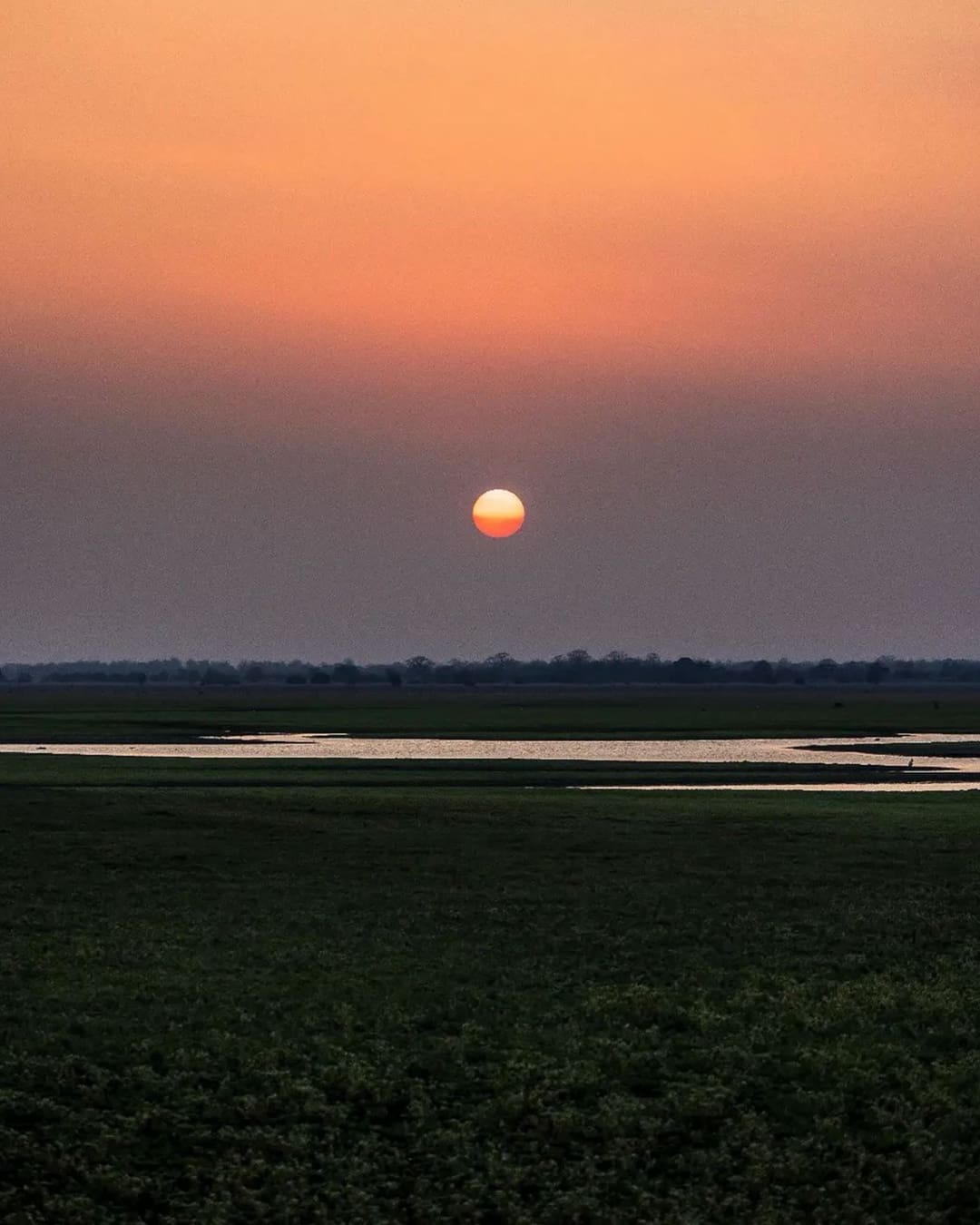
Africa
Gorongosa National Park, Mozambique
On the southern tip of the Great Rift Valley, 4,000 sq km of rich floodplains, open savannah and montane rainforests are encompassed in Gorongosa National Park, one of the most biodiverse areas on earth. During the 1960s, the park supported one of the densest wildlife populations in the continent, before the devastating Mozambique Civil War from 1977 to 1992 caused 95 per cent of all wildlife in the park to be lost. In 2004, nonprofit Greg Carr Foundation and the Government of Mozambique began work to turn this around, beginning with the reintroduction of buffalo and wildebeest. Once the herbivore population was restored, leopard, hyenas and other carnivores were reintroduced. Gorongosa’s diversity and population density is now bouncing back, with 102,000 animals counted in the last aerial survey conducted by the park.
How to visit
If travelling internationally, fly to Johannesburg in South Africa and catch a connecting flight to Beira in Mozambique. From there, it is a four-hour drive to Chitengo, the main base in Gorongosa.
Once arrived in Chitengo, safaris and other activities in the national park can be arranged. There are several luxury lodges and wild camps to choose from for where to stay, including Muzimu Lodge, operated by Gorongosa Safaris.


